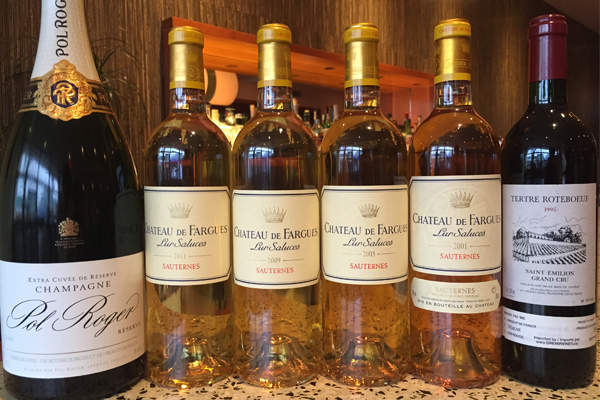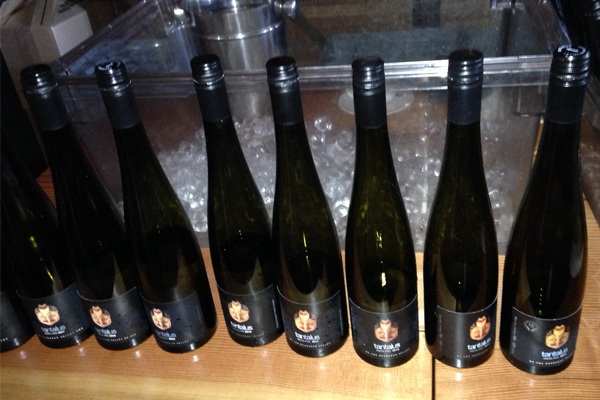 |
 |
 |

By Bradley Cooper [CC BY 2.0], via Wikimedia Commons
Question: I am organizing a vertical tasting of the same red wine from different vintages and receiving conflicting opinions on the best order for service – youngest to oldest or vice versa?
Answer: Interesting issue. Historically the best order was usually youngest to oldest to see how the younger wine develops and changes with age becoming less tannic but more elegant and complex. More recently verticals often start with the oldest wines which are usually more fragile needing less airing time, lighter bodied and easier to assess while finishing up with the youngest bigger and more tannic years. Remember that tannins tend to build up on your palate so easier to taste the very tannic wines towards the end. Would be helpful to know the specific wine and the vintages you plan to taste which would influence my advice. At some extensive verticals of many flights we sometimes group the weaker vintages from different decades to taste early on and leave the very best vintages (young and old) till the last flight. Other factors include the number of wines to be tasted, the property being tasted, and how long the winery has been producing that wine. Lots of newer wineries are still finding their best style with maturing vines as well as vineyard and cellar experimentation so each year they are improved making better wine than the one before. Therefore their best wines are often their youngest wines to be served last. There is no definitive answer and you should decide for yourself the order considering these issues. It will be educational in either case.
You might also like:
 |
 |
 |
Sid’s answer is superb and thorough, and it certainly depends on the number of wines, spread of maturities, the general age of the wines (are they all really old or just some of them?), and whether they are all the same varietal (or wine type, such as Brunello, CDP, Cab, Barolo, Bordeaux, etc) or a mixture.
Wimberly